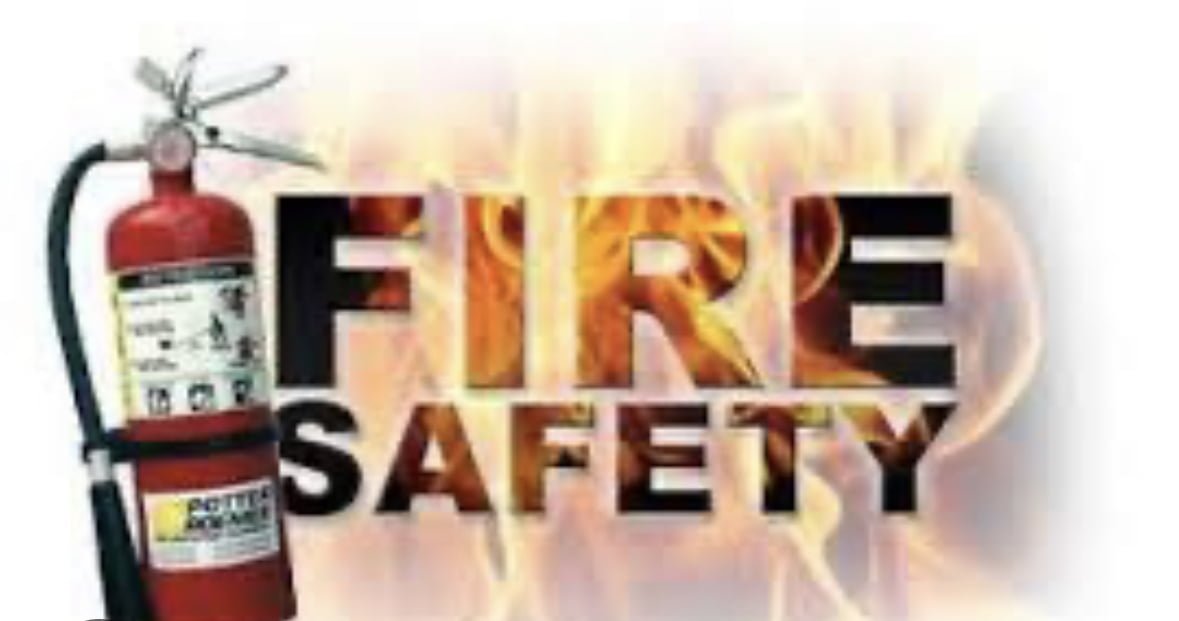
Reading Time: 2 minutes
Mastering Fire Safety: Types of Fire, Control Methods, and Proper Extinguisher Use
Introduction:
Fire safety is a crucial aspect of our lives, as fires can have devastating consequences.
Understanding the types of fires, methods to control them, and how to properly use a fire extinguisher are essential skills for everyone.
In this article, we will explore the three types of fires based on the rule of the fire triangle, discuss effective ways to control fires, and provide a step-by-step guide for checking extinguisher gas levels and using an extinguisher using the “PASS” acronym.
Types of Fire:
Fires are classified into three main types, each requiring a specific approach for control:
- Class A: These fires involve ordinary combustibles like wood, paper, and cloth. They can be controlled using water or water-based extinguishing agents.
- Class B: These fires are fueled by flammable liquids such as gasoline, oil, and grease. CO2 or dry chemical extinguishers are suitable for smothering these fires by cutting off their oxygen supply.
- Class C: These fires occur in electrical equipment such as appliances, wiring, and circuit breakers. To control these fires, it’s crucial to use non-conductive agents like dry chemical or CO2 extinguishers to avoid electric shock.
Methods to Control Fires:
To control fires effectively, it’s essential to remember the three components of the fire triangle: fuel, heat, and oxygen.
Removing any one of these components can extinguish a fire. Common methods include:
- Removing Oxygen: Smother the fire by covering it with a fire-resistant blanket or using CO2 extinguishers to displace oxygen.
- Cooling the Heat: Spray water or water-based extinguishers on the fire to lower its temperature and remove the heat component.
- Cutting off Fuel: Isolate the fire by turning off the fuel source or using dry chemical extinguishers to create a barrier between the fuel and oxygen.
Checking Extinguisher Gas Levels:
Regularly checking the gas levels of fire extinguishers is essential to ensure their effectiveness. Follow these steps:
Inspect the Pressure Gauge:
Look at the pressure gauge on the extinguisher.
If the needle is in the green zone, the extinguisher is ready for use.
If it’s in the red zone, the pressure might be too low, and the extinguisher should be refilled or replaced.
Using the Extinguisher (PASS Acronym):
The “PASS” acronym simplifies the steps to effectively use a fire extinguisher:
- Press: Stand about 6-8 feet away from the fire and hold the extinguisher with the nozzle pointing away from you. Press the handle to release the extinguishing agent.
- Attach: Aim the nozzle at the base of the fire where the fuel source is located. This ensures that you’re attacking the source of the fire.
- Squeeze: Squeeze the handle or lever to release the extinguishing agent. Keep it squeezed to maintain a steady stream.
- Side by Side Movement: Sweep the nozzle from side to side while targeting the base of the fire. This sweeping motion helps cover a wider area and effectively extinguish the flames.
Online Resource:
Government of Gujarat has released a video to create awareness and to educate about fire safety.
https://fb.watch/mq-45IN0uu/?mibextid=cu9KIj
Conclusion:
Fire safety is a fundamental skill that can save lives and protect property.
By understanding the types of fires, methods to control them, and proper extinguisher usage, you are equipped to respond effectively in case of a fire emergency.
Regularly check extinguisher gas levels, and remember the “PASS” acronym for proper extinguisher use. Stay vigilant, be prepared, and prioritize fire safety in all aspects of your life.
